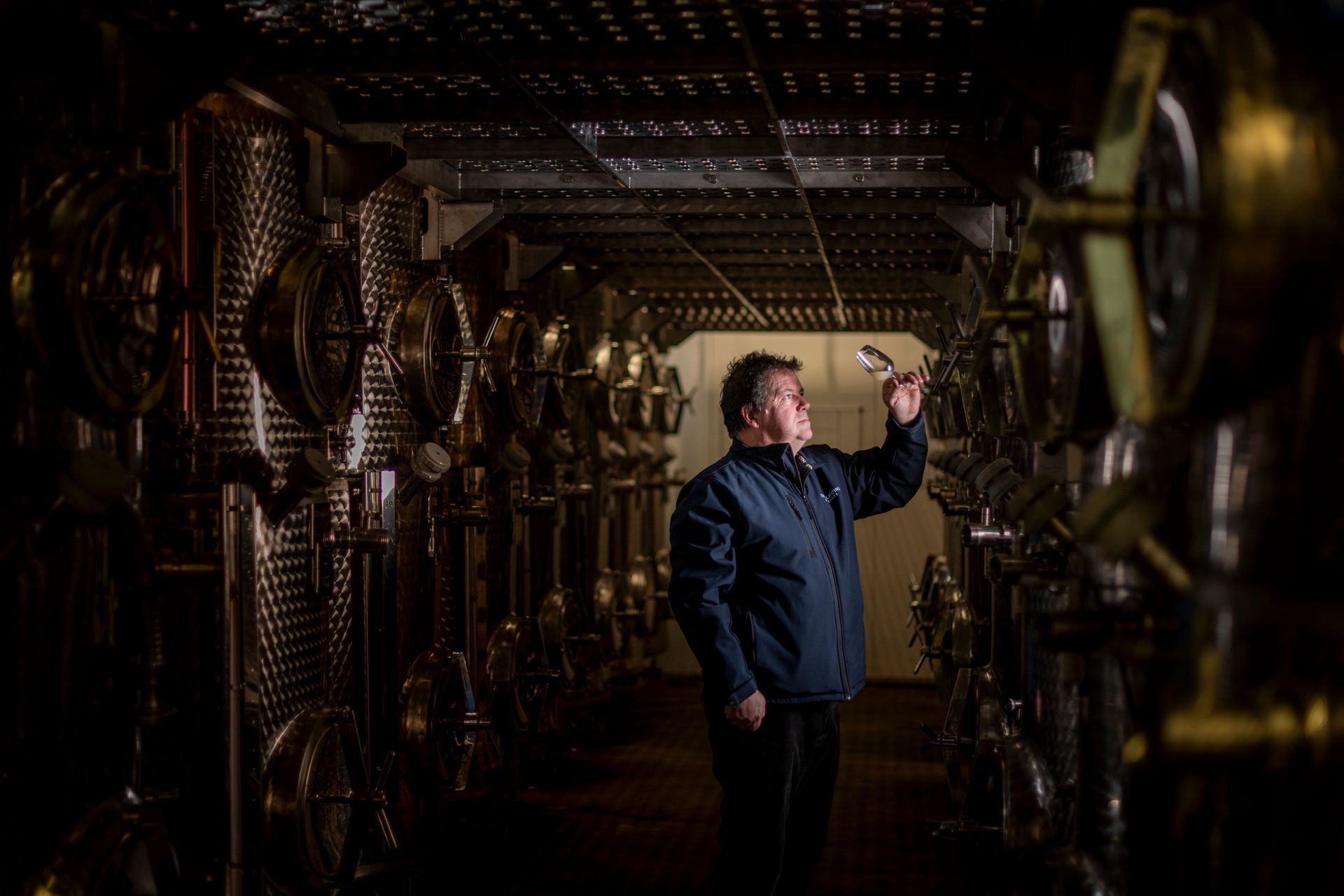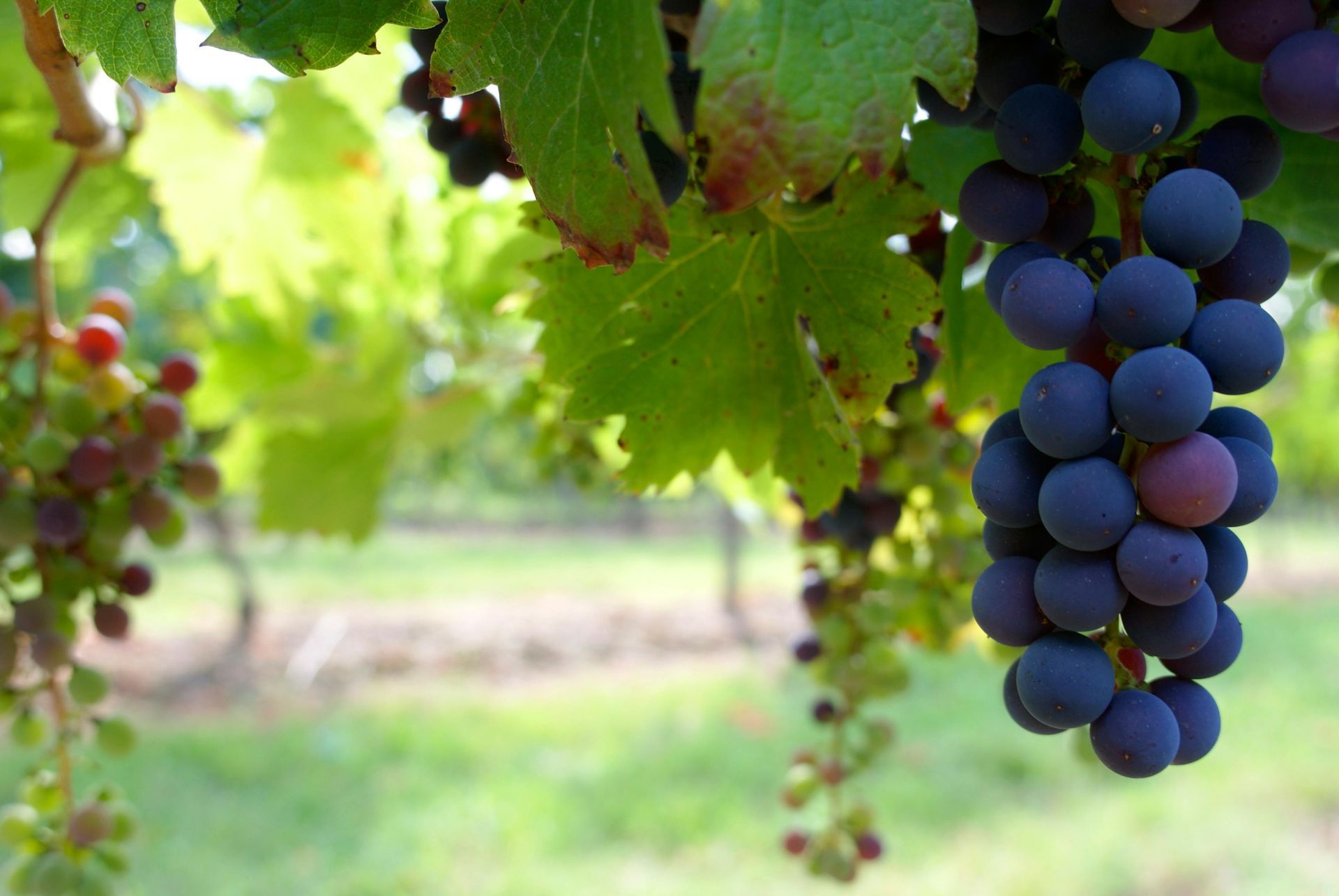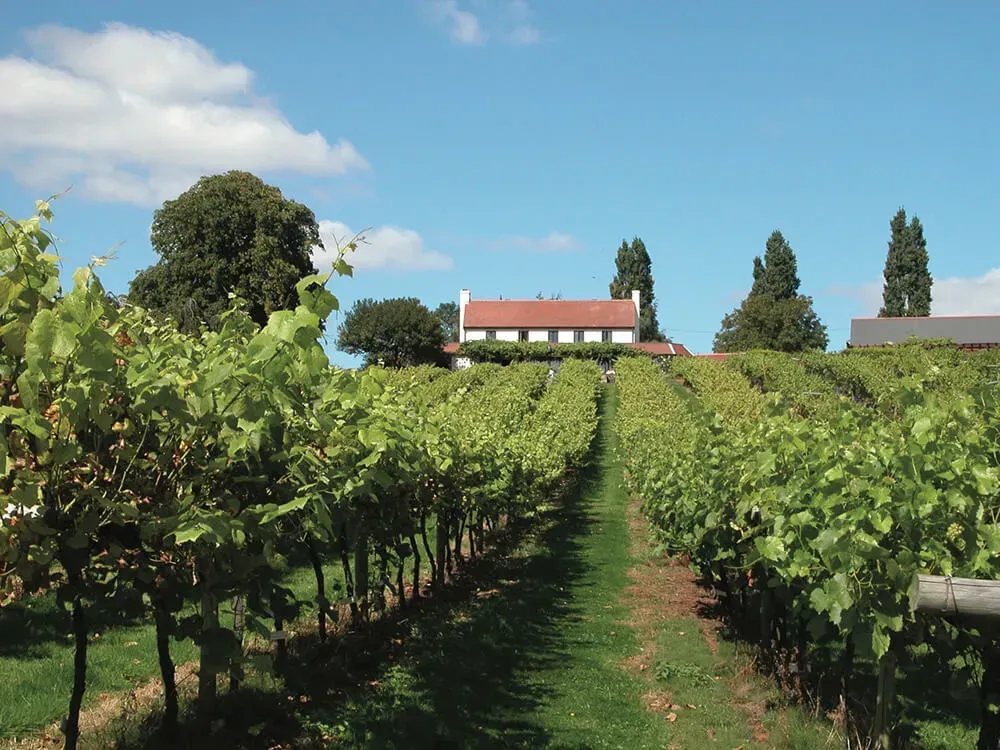A beginners' guide to wine terminology: Eight essential wine tasting terms
The special terminology associated with wine tasting can seem baffling to beginners. But although it might sound like wine experts are speaking a different language, mastering the basic wine tasting terms doesn’t have to be tricky.
“Do you like your wines fruity on the nose or full-bodied with good legs?”
Getting to grips with wine terminology gives you a way to describe what you do and don’t like in a wine, as well as helping you decipher wine reviews and bottle descriptions so you know what to expect if you come across more unusual grape varieties – like the Bacchus and Siegerrebe we produce here at Three Choirs Vineyards in Gloucestershire.
So to get you started, we’ve come up with eight of the most important wine tasting terms to help boost your confidence with choosing wine and make the most of a wine-tasting experience.
Eight essential wine tasting terms
1. Nose
Although it might be tempting to go straight in for a taste, take the time to swirl the wine around your glass and give it a sniff first. A wine’s nose is its aroma, and your nose is the key to picking up the subtle differences in flavour between different wines. Aromas are often split into fruity, citrus, floral, spicy, earthy and vegetal categories, and will depend on the grape variety as well as how the wine has been made and stored.
2. Body
The body of a wine is how it feels in your mouth – it can be full, medium or light and depends on how much alcohol and sugar the wine contains. One of the common analogies is to compare a wine’s body to different types of milk – so light-bodied wines would feel delicate like skimmed milk, medium-bodied wines like semi-skimmed and full-bodied wines thick like full cream milk.
3. Acidity
Acidity is the mouth-watering sharpness you get from a sucking a lemon. All wines have some level of acidity, but it’s usually higher in white wines like Sauvignon Blanc.
How acidic a wine is will depend on how ripe the grapes were, with cool climates usually meaning more acidic wines. Ideally, wine-makers look to combine levels of acid and sugar to make a well-balanced wine.
4. Tannins
Tannins are what cause some wines to leave a dry taste in your mouth, and are also found in tea. They come from the skin and seeds of grapes. How ‘tannic’ a wine is depends on how long it was in contact with the skins when it was being made. So white and rosé wines have low tannins and are softer, whereas thick-skinned grape varieties, like Cabernet Sauvignon, have more tannins, making them good with rich food as they cut through any fattiness.
5. Oaky
Oaked wines have been aged in oak barrels, which influences their colour and flavour. Oak is more commonly used with red wines like our Hampshire Oak Aged Red, and it can give a smoky or spicy flavour, but it can also be used to give white wines a buttery, vanilla taste. How strong the effect is depends on how long the wine’s been in contact with the oak as well as the type of oak used – American oak gives a punchier flavour than smoother French oak.
6. Minerality
Minerality has become a popular wine-tasting term recently, and it’s sometimes described as the taste you’d get from sucking on a stone. You don’t have to try that out yourself though to recognise flavours like chalk, flint or even pencil lead in your white wines – think of it as the opposite of lush, fruity flavours.
7. Legs
If you swirl your wine around the glass, the legs (also known as the tears in France) are the streaks you can see running down the side of the glass. More legs doesn’t mean the wine is a higher quality, but it does means it’s got a higher alcohol content. The sweeter the wine the slower the legs will move down the glass.
8. Vintage
The vintage of a wine is simply the year when the grapes were picked. Most still wines come from a single year, which you’ll see marked on the bottle. But sparkling wines are often non-vintage – like our Classic Cuvee – as they’re created from a mixture of different years’ wines to create a consistent style. Though sometimes you’ll see vintage sparkling wines if there’s a particularly good year.
Wine Tours and Tastings at Three Choirs Vineyards
Now you’ve mastered these eight essential wine words, why not try them out on one of our English wine tasting experiences and tours, where our friendly, knowledgeable guides will be more than happy to answer any questions you might have.
More from our blog...






